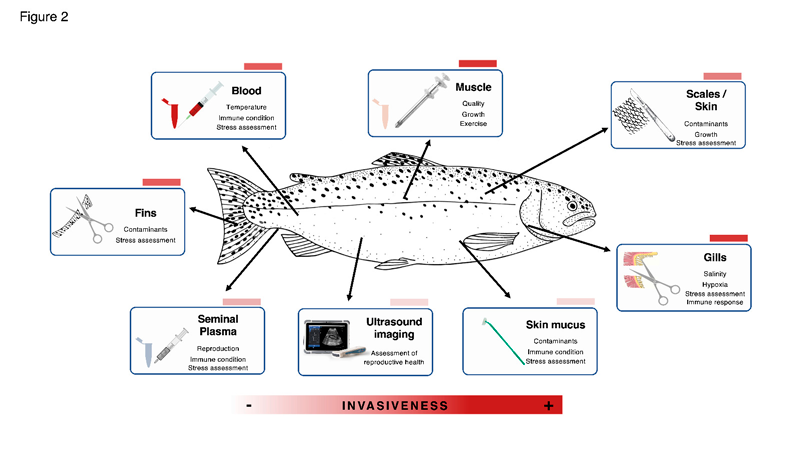Reviews in Fisheries Science & Aquaculture, , 2024
Abstract
Reproduction is a fundamental biological process for producing offspring and ensuring the continuation of the species. With nearly 35,000 fish species worldwide exhibiting a very diverse range of reproductive systems and strategies, the study of fish reproduction is a significant challenge. Research into various fish reproductive models is driven by their use in human biomedical applications, improving the diversification and sustainability of aquaculture species, and developing strategies for biodiversity conservation. These models must be approached from an animal ethics perspective, considering the welfare of the species under study and applying the 3Rs principle (Replacement, Reduction and Refinement). This principle focusses on replacing animals with alternative methods wherever possible, reducing the number of animals used and refining procedures to minimize suffering. While destructive sampling of wild aquatic species should be minimized, the need remains to provide information on reproduction as an important parameter for delineating management and conservation programs. One of the practices that helps reduce and replace the use of animal testing is the scientific study of individuals obtained through bycatch. This is the case for some chondrichthyans, and endangered fish species included in conservation programs.
Regarding fish species that are kept under human care (commonly called captivity), studies on reproduction are essential to improve well-being and increase production of farmed species. Research on fish reproduction requires expanding basic knowledge of broodstock management tools, such as gamete quality assessment, reproductive behavior studies, the use of hormone therapies to stimulate reproduction, and the development of non-lethal or less invasive methods using body fluids (e.g., mucus, seminal plasma, blood plasma, or urine) to study reproductive status, as well as novel markers from state-of-the-art omics research.
This review describes a multidisciplinary approach that includes the aforementioned reproductive management tools, indicators of welfare, and next-generation sequencing techniques using samples collected by minimally invasive methods.
Different tissues can be sampled using non-lethal methodologies and respective information is achieved using different analytic methodologies. Scheme adapted from Sadoul and Geffroy (2019) and Jeffries et al. (2021).
